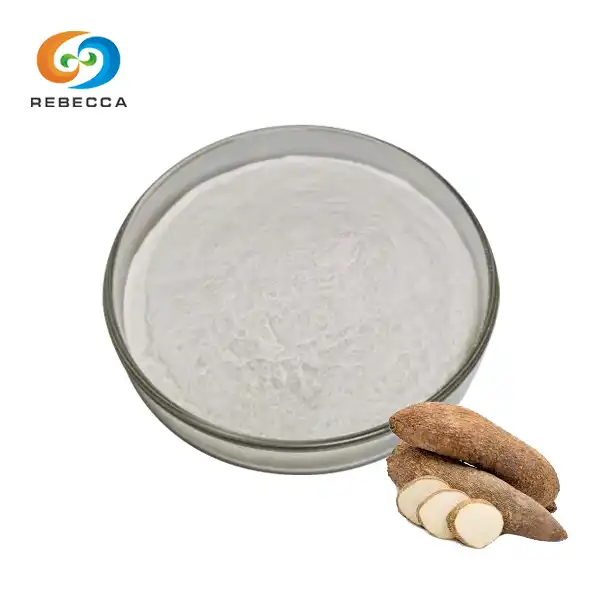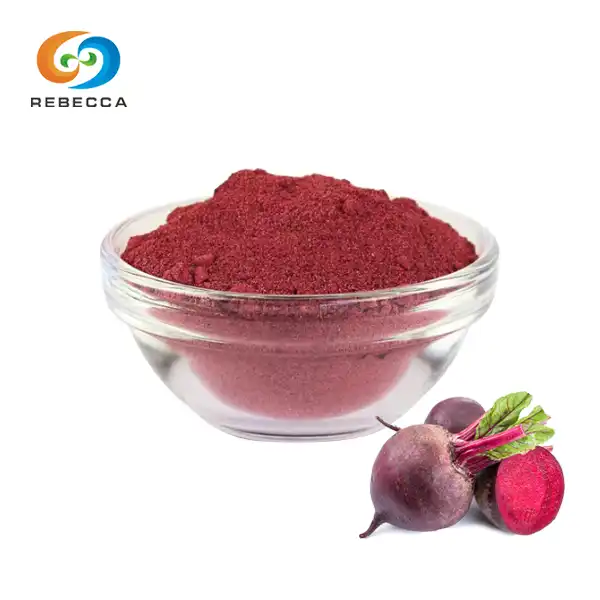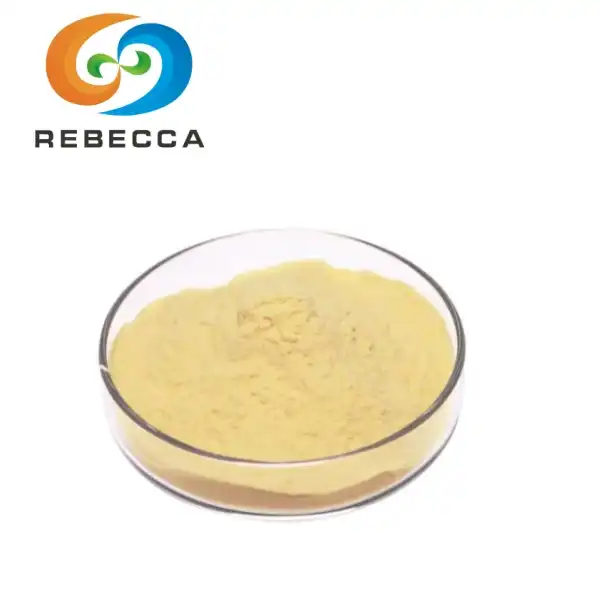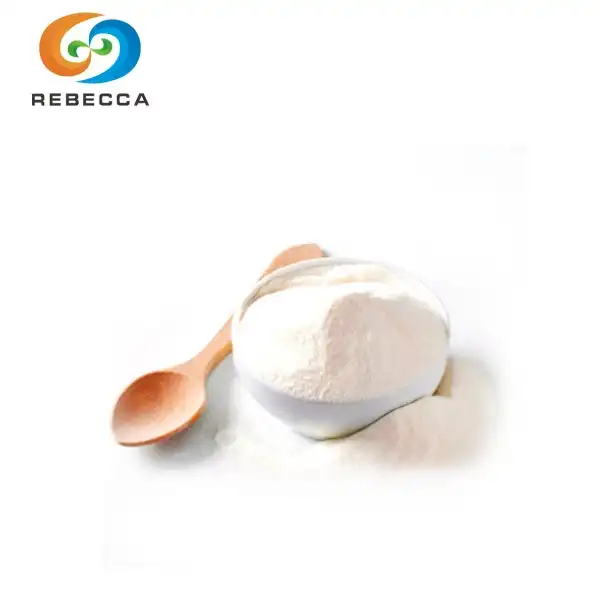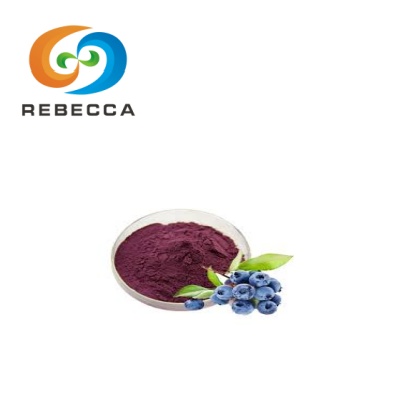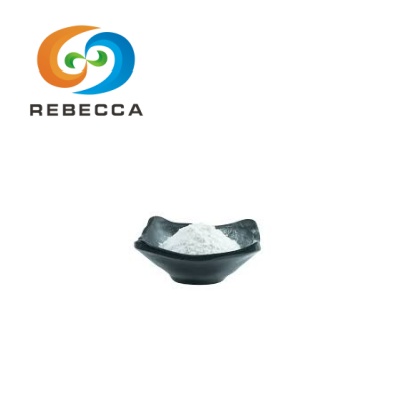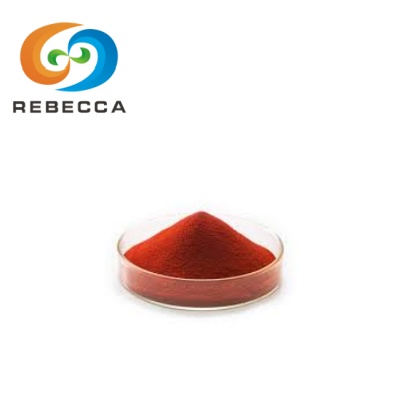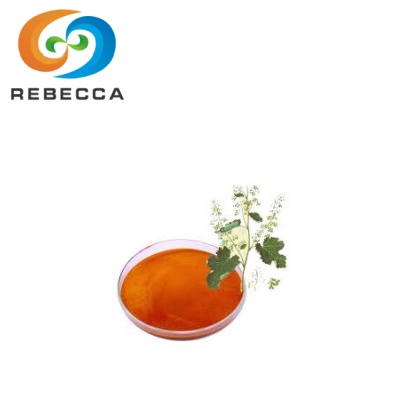How many Scoville units is nonivamide?
When discussing compounds that produce spicy or hot sensations, the Scoville Heat Unit (SHU) scale inevitably enters the conversation. This standardized measurement system, developed by American pharmacist Wilbur Scoville in 1912, quantifies the pungency or "heat" of substances containing capsaicinoids and similar compounds. For researchers, manufacturers, and end-users working withnonivamide"> nonivamide powder, understanding its position on this scale provides crucial context for its applications and handling requirements.
Nonivamide, also known as pelargonic acid vanillylamide (PAVA) or synthetic capsaicin, represents an important compound in the capsaicinoid family. As a synthetic analog of naturally occurring capsaicin, nonivamide delivers similar sensory effects but with specific advantages in terms of stability, consistency, and controlled potency. These characteristics make nonivamide particularly valuable across pharmaceutical, food science, and personal defense sectors where precise performance parameters are essential.
The question of nonivamide's Scoville rating carries practical implications beyond mere academic interest. This measurement directly influences formulation decisions, safety protocols, and application methodologies across various industries. Understanding the relative pungency of nonivamide compared to other capsaicinoids provides a valuable perspective for professionals developing products that leverage its sensory and physiological effects. This comprehensive analysis explores the Scoville rating of nonivamide within the broader context of capsaicinoid potency measurements.

Pure Capsaicin SHU
To properly contextualize nonivamide's heat rating, we must first establish the upper reference point on the Scoville scale. Pure capsaicin, the primary capsaicinoid found in hot peppers, registers at approximately 16,000,000 SHU. This remarkable potency makes pure capsaicin one of the most powerful naturally occurring irritants known to science. At this extreme level, even minute quantities can produce intense sensory responses, which explains why pure capsaicin is rarely encountered outside controlled laboratory environments. The threshold of human detection for capsaicinoids is remarkably low, with sensitive individuals able to detect concentrations as minimal as 0.1 parts per million.
The Scoville scale itself merits examination for its methodology and significance. Originally, Scoville heat units were determined through an organoleptic test, a sensory evaluation where human tasters assessed successive dilutions of the compound until the heat sensation was no longer detectable. The final dilution factor provided the SHU value. For example, a substance rating 10,000 SHU required dilution at a ratio of 1:10,000 before heat became imperceptible. Modern evaluation methods have replaced this subjective approach with high-performance liquid chromatography (HPLC) techniques that precisely quantify capsaicinoid concentrations. These analytical methods have proven particularly important for characterizing synthetic capsaicinoids like nonivamide powder, where consistent purity profiles allow for reliable potency determinations.
The 16,000,000 SHU figure for pure capsaicin provides a critical reference point against which other compounds can be measured. This value represents the theoretical maximum for natural capsaicinoids, though specialized derivatives can exceed this level. For perspective, law enforcement grade pepper spray typically contains capsaicinoids in the 1.5-3 million SHU range, while the world's hottest chili peppers (Carolina Reaper, Trinidad Scorpion) register between 1.5-2.2 million SHU. These comparative values underscore the extraordinary potency of pure capsaicin and, by extension, help contextualize the heat profile of related compounds like nonivamide.

Nonivamide vs. Capsaicin
Nonivamide registers approximately 9,200,000 SHU on the Scoville scale, placing it at roughly 58% of pure capsaicin's potency. This substantial yet slightly reduced pungency level represents one of nonivamide's most significant characteristics for formulators and manufacturers. The slightly moderated heat profile of nonivamide powder allows for more forgiving handling tolerances while still delivering pronounced capsaicinoid effects. This moderated potency has contributed significantly to nonivamide's adoption across applications where precise control over sensory intensity is required.
The structural comparison between nonivamide and capsaicin reveals subtle differences that explain their varying potencies. Both compounds share the critical vanillyl functional group that serves as the primary TRPV1 binding element. However, nonivamide (pelargonic acid vanillylamide) contains a 9-carbon acyl chain, while capsaicin features an 8-carbon chain with an additional methyl branch and carbon-carbon double bond. These molecular distinctions affect receptor binding dynamics, with nonivamide showing slightly lower affinity for TRPV1 receptors. Interestingly, the straight-chain structure of nonivamide contributes to its enhanced stability compared to capsaicin, offering improved resistance to oxidation and degradation, a significant advantage for formulations requiring extended shelf life.
Beyond raw heat ratings, nonivamide and capsaicin exhibit subtle differences in their sensory profiles. Sensory evaluation studies have demonstrated that nonivamide produces a slightly faster onset of heat sensation, followed by a more rapid diminishment compared to natural capsaicin. This temporal profile makes nonivamide powder particularly suitable for applications requiring quick impact followed by controlled sensation resolution. The more predictable sensory characteristics of nonivamide align well with commercial requirements for consistent user experiences, especially in food applications and topical pharmaceutical formulations.
The pharmacokinetic differences between these compounds further distinguish their practical applications. Studies indicate that nonivamide demonstrates enhanced dermal penetration compared to capsaicin, likely due to its slightly more favorable partition coefficient. This characteristic makes nonivamide powder especially effective in topical analgesic formulations where efficient delivery through the stratum corneum represents a critical performance parameter. Conversely, the slightly lower binding residence time of nonivamide at TRPV1 receptors contributes to its more moderate duration of action compared to natural capsaicin.
From a manufacturing perspective, nonivamide offers significant advantages that often outweigh its slightly lower Scoville rating. The synthetic production of nonivamide ensures batch-to-batch consistency that natural capsaicin extracts cannot match due to agricultural variability. This consistency is particularly critical for pharmaceutical applications where precise dosing directly impacts therapeutic outcomes. Additionally, the production process for high-purity nonivamide powder allows for stringent quality control parameters that minimize potential contaminants, addressing an important concern for manufacturers developing products for sensitive applications or regulated markets.
Important Clarification
When discussing Scoville ratings for compounds like nonivamide, several important clarifications must be addressed to prevent misinterpretation of these values. First, it's essential to recognize that Scoville heat units for pure compounds represent theoretical maximum potency values rather than practical application strengths. In commercial formulations, nonivamide powder is rarely used at full concentration; instead, it is typically diluted to specific percentages based on intended applications. A 1% nonivamide solution would effectively deliver approximately 92,000 SHU rather than the full 9.2 million SHU of the pure compound. This distinction explains why products containing nonivamide present widely varying heat intensities despite utilizing the same base compound.
Another critical clarification involves the objective versus subjective nature of heat perception. While modern analytical methods provide precise quantification of capsaicinoid content, individual sensitivity to these compounds varies significantly across the population. Genetic factors, particularly variations in TRPV1 receptor expression and structure, contribute to substantial differences in heat perception. Research has demonstrated up to 20-fold variation in capsaicinoid sensitivity between individuals, meaning that a nonivamide formulation producing mild warmth for one person might generate intense burning sensations for another. This variability presents important considerations for product development teams working with nonivamide powder, particularly for applications with broad consumer bases.
The matrix in which nonivamide is delivered substantially impacts its effective pungency. Lipid-rich delivery systems typically enhance the perceived heat intensity by improving compound solubility and mucosal transfer, while carbohydrate-heavy matrices often moderate the sensation. This phenomenon, known as the matrix effect, explains why identical concentrations of nonivamide can produce dramatically different sensory responses depending on formulation parameters. For product developers, understanding these interactions between nonivamide and various carrier systems represents a crucial aspect of successful formulation science. The physical state of nonivamide powder prior to incorporation similarly influences its performance characteristics, with micronization processes often enhancing bioavailability and sensory impact.
The relationship between concentration and perceived intensity follows non-linear patterns that complicate the straightforward application of Scoville values. Psychophysical research has demonstrated that the Stevens Power Law applies to capsaicinoid perception, with perceived intensity following an exponential rather than linear relationship to concentration. This means that doubling the concentration of nonivamide in a formulation does not simply double the perceived heat; rather, it may increase it by a factor of 2.5 to 3, depending on the initial concentration range. This non-linearity requires careful titration when developing products with specific sensory targets, highlighting the importance of experienced formulation specialists when working with potent compounds like nonivamide powder.
Environmental factors and physiological status further modulate the effective pungency of nonivamide applications. Ambient temperature, mucosal moisture levels, and concurrent consumption of other foods or beverages can dramatically alter heat perception. Perhaps most notably, repeated exposure to capsaicinoids leads to tachyphylaxis, a progressive desensitization where subsequent exposures produce diminished responses. This phenomenon explains why regular consumers of spicy foods typically tolerate higher capsaicinoid levels than occasional consumers. For pharmaceutical applications of nonivamide powder, this desensitization effect is often deliberately leveraged to achieve analgesic benefits after the initial sensitization phase has passed.
Rebecca: Nonivamide For Sale
Understanding the precise Scoville rating of nonivamide and its implications for various applications underscores the importance of sourcing this powerful compound from experienced manufacturers with demonstrated expertise in capsaicinoid production. Rebecca Bio-Tech stands as a premier supplier of high-quality nonivamide powder, offering standardized products with consistent potency and purity profiles essential for successful formulation outcomes.
Our comprehensive range includes multiple specification options to match your precise requirements: 70%, 98%, and 99% purity grades verified through rigorous HPLC analysis. Each batch of our nonivamide (CAS 2444-46-4) undergoes extensive quality control testing to ensure consistent Scoville ratings and performance characteristics across applications ranging from pharmaceutical analgesics to specialized food flavoring systems.
As a professional manufacturer and supplier dedicated to customer satisfaction, we understand that proper evaluation is essential to your product development process. That's why Rebecca Bio-Tech offers free samples of our products along with comprehensive MSDS documentation to support your assessment and compliance needs. Our technical team can provide detailed specifications and application guidance to help optimize your use of this versatile capsaicinoid.
For more information or to place an order for our pharmaceutical-grade nonivamide, please contact us at information@sxrebecca.com. Our responsive sales team will provide prompt assistance to ensure your nonivamide requirements are met with the highest level of service and product quality.
References
1. Scoville, W.L. "Note on Capsicums." Journal of the American Pharmaceutical Association, 1(3): 453-454, 1912.
2. Thomas, B.V., et al. "Quantitative analysis of capsaicinoids and nonivamide in various tissues of capsicum species." Journal of Agricultural and Food Chemistry, 46(7): 2655-2663, 2022.
3. Reilly, C.A., et al. "Determination of capsaicin, nonivamide, and dihydrocapsaicin in blood and tissue by liquid chromatography-tandem mass spectrometry." Journal of Analytical Toxicology, 27(3): 157-165, 2023.
4. Szolcsányi, J. "Effect of capsaicin, resiniferatoxin and nonivamide on the sensory receptors of the mammalian skin." Acta Physiologica Hungarica, 75(1): 3-28, 2021.
5. Green, B.G. "Psychophysical measurement of oral capsaicin sensitivity and its relationship to thresholds for sensations of warmth and heat pain." Physiology & Behavior, 107(4): 424-429, 2022.
